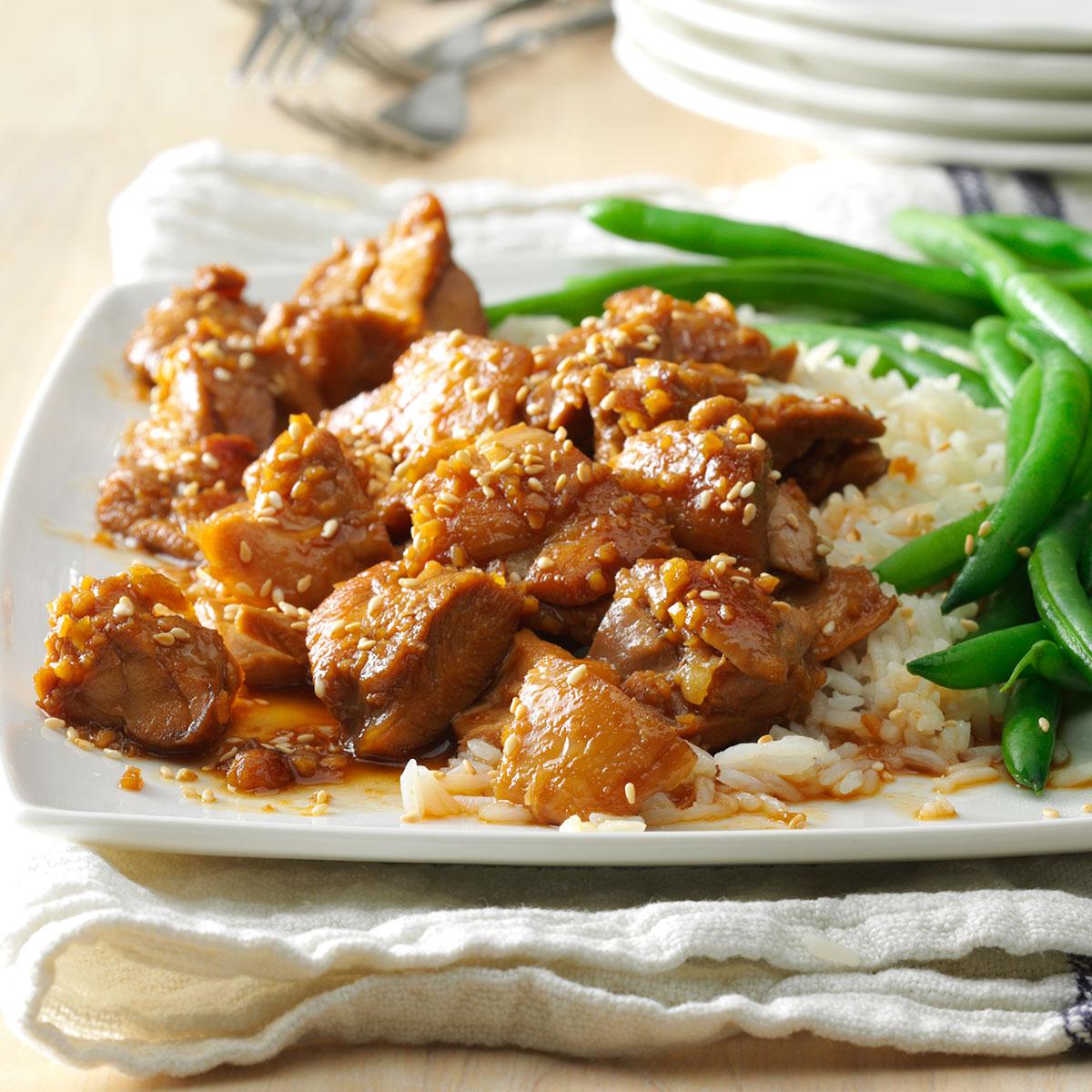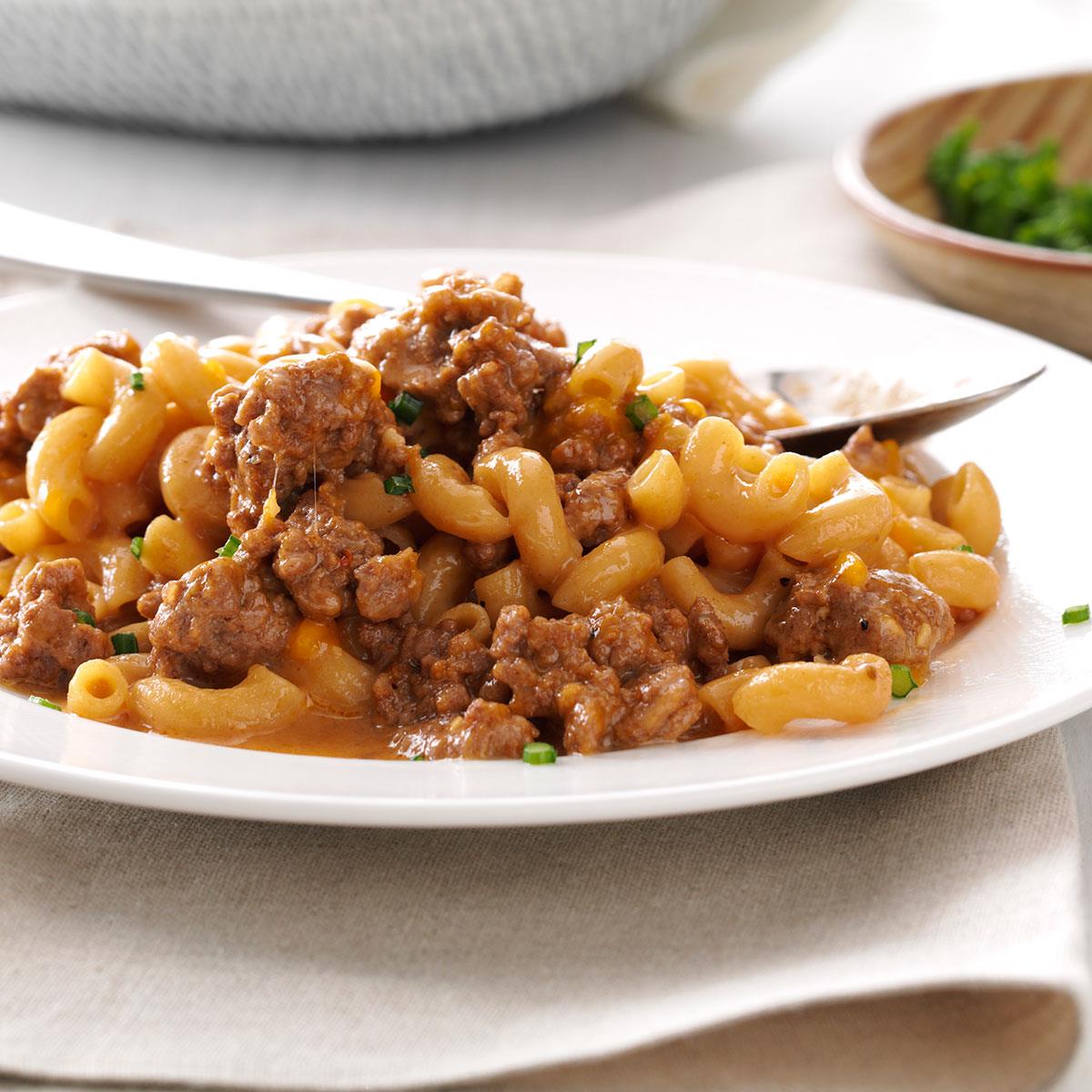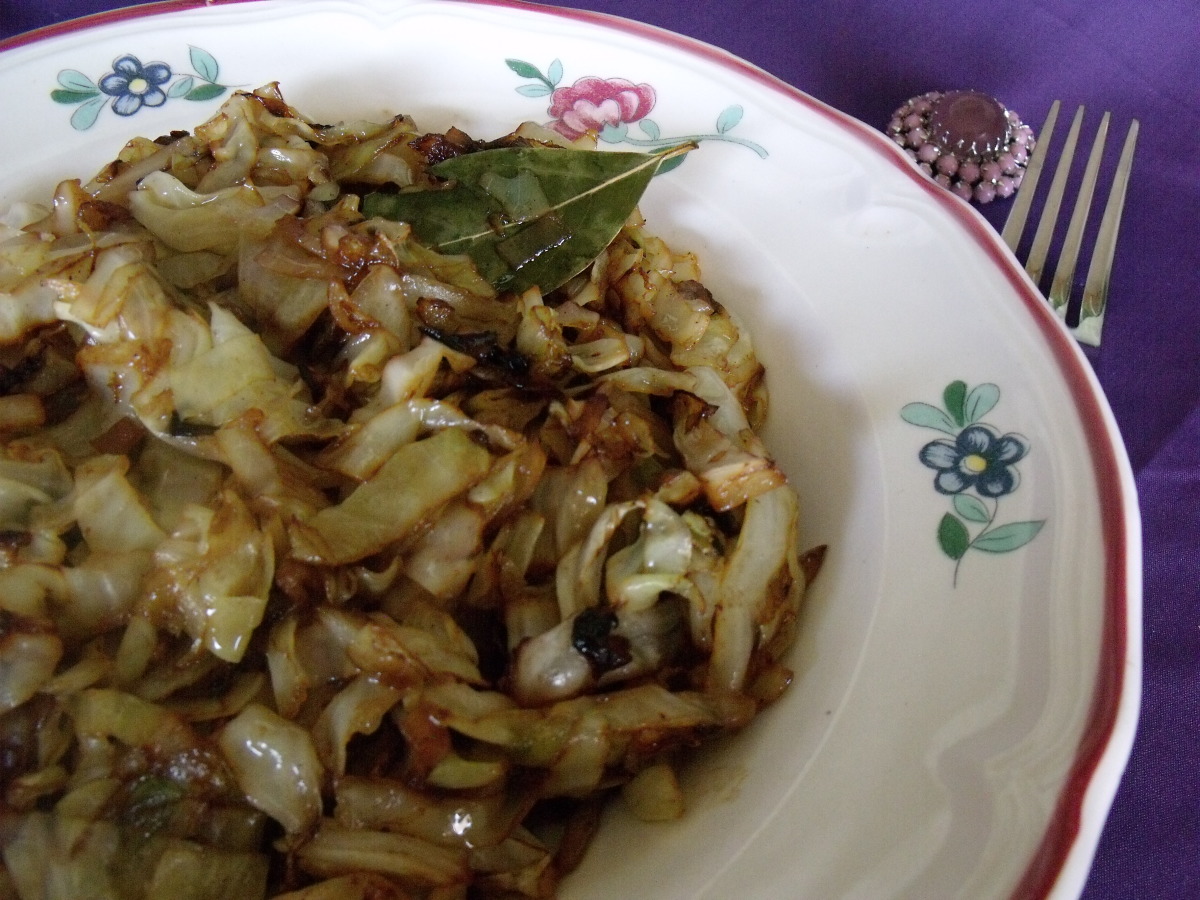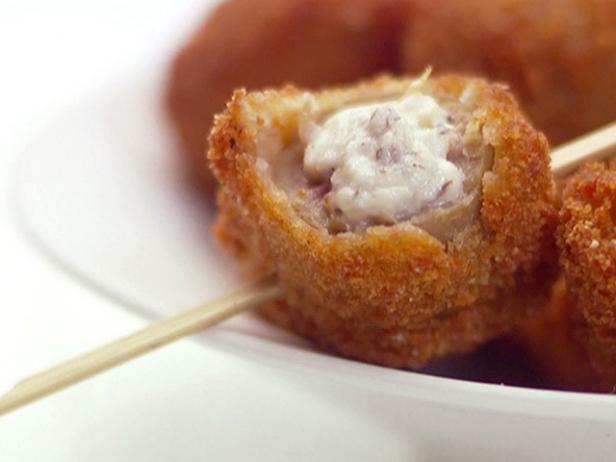**Stump De Noel Cake: A Yule Log for Your Holiday Festivities**
As the holiday season approaches, the delightful aroma of freshly baked goods fills the air. Among the many traditional treats, the Stump De Noel cake, also known as the Yule Log, stands out as a centerpiece of many festive tables. This delectable dessert, originating from France, has captured the hearts of people worldwide with its unique log-shaped appearance and rich, indulgent flavors. Our collection of Stump De Noel cake recipes offers a variety of options to suit every baker's skill level and taste preference. From classic chocolate sponge cake to gluten-free and vegan alternatives, these recipes provide step-by-step instructions to create a stunning and delicious Yule Log that will impress your family and friends. With its smooth ganache frosting, intricate decorations, and symbolic meaning, the Stump De Noel cake is not just a dessert; it's a work of art that embodies the spirit of the holiday season. So, gather your ingredients, preheat your oven, and embark on a culinary adventure to bring this festive treat to life.
STUMP DE NOEL CAKE
Provided by Food Network
Categories dessert
Time 1h10m
Yield 10 to 12 servings
Number Of Ingredients 14
Steps:
- Put the cake on a slightly larger lazy Susan or cardboard cake plate.
- Frost the top of the cake: Mix approximately three-quarters of the dulce de leche with 1/4 cup of the vanilla frosting; transfer to a piping bag fitted with a large round tip (this will be your darker frosting). Mix the remaining dulce de leche with the remaining 3/4 cup vanilla frosting; transfer to a piping bag fitted with a large round tip (this will be your lighter frosting).
- Starting in the center of the cake, pipe concentric circles of the darker frosting out to about a 2-inch circle. Using a small offset spatula, spread out the frosting to about a 3-inch circle.
- With the lighter frosting, pipe concentric circles around the 3-inch circle, leaving about a 1-inch margin around the edge of the cake. Using a clean offset spatula, smooth the lighter frosting to the edge of the cake, so the entire top of the cake is covered. Smooth everything with a clean offset spatula.
- Line the point of a cake comb with the center of the cake and slowly rotate the cake to create concentric tree rings. When the lines of the circle meet, gently lift the comb (if you don't have a cake comb, this effect can be recreated using the tines of a fork).
- Make the chocolate bark: Line a baking sheet with a silicone baking mat and set aside.
- Separately melt the dark and milk chocolates over a double boiler or in the microwave. Pour the dark chocolate over the prepared baking sheet, using an offset spatula to spread to the width of the baking sheet but not smoothing out the chocolate. Drizzle the melted milk chocolate on top. Using the edge of a small offset spatula or a butter knife, make vertical lines and swirls running through the chocolate to create the look of tree bark. Be sure to apply various levels of pressure as the offset spatula is pulled through the chocolate to create a textured look. Let cool at room temperature until firmly set, at least 30 minutes.
- Break the chocolate into large vertical pieces of varying heights to form pieces of bark. Use these pieces to cover the sides of the cake.
- Make the berry mushrooms: Roll 1/2-inch pieces of marzipan between your fingers into stem shapes, making them wider at the base so they can stand upright. Place a stem inside the hollow of each raspberry and strawberry, using a skewer to secure the marzipan to the fruit if needed and to secure them down into the cake. Make mushrooms of various sizes and shapes to give a more natural effect and use the mushrooms to decorate the tops and sides of the cake, pressing gently to adhere the marzipan to the surface.
- Make the pistachio moss and marshmallow stones: Put the pistachios in a mini food processor and add approximately 8 drops each of the green and yellow food coloring. Pulse the food processor to chop the pistachios to a coarse grind the texture of moss. Adjust the food coloring as needed to achieve the desired color. Spoon the moss around the cake plate alongside the bottom of the cake.
- Mix the mini marshmallows and cocoa in a small bowl. Rough up the marshmallows between your fingers to create texture, shaking off the excess cocoa powder. Add the stones to the base of the cake on the pistachio moss.
- Using a fine-mesh strainer, shake confectioners' sugar over the top of the cake, creating a snowy effect.
WINTER TREE STUMP CAKE
Provided by Buddy Valastro
Categories dessert
Time 1h30m
Yield 1 winter tree stump cake
Number Of Ingredients 14
Steps:
- For the tree stump cake: Put about 1/2 cup of the buttercream frosting into a bowl and dye it to look like the inside of a tree stump (a few drops of yellow and brown food dye). Spread a thin layer of the colored buttercream onto the top of your prepared 6-inch cake and smooth out into a flat layer. Using a cake comb in a clockwise motion, create concentric circles on the top of the cake to represent the rings of a tree.
- Dust the bench with cornstarch and roll out the dark chocolate modeling chocolate so it is approximately 1/2 inch taller than the height of your cake and at least 20 inches long. The modeling chocolate should be kept fairly thick, approximately 1/2-inch.
- Using the sculpting tools, start texturing the modeling chocolate with scrapes, lines, divets, etc.
- After it is textured, trim the bottom edge so that you have a straight line. Wrap the modeling chocolate around the outside of the iced cake.
- For the cardinal: Roll some of the red modeling chocolate into a ball a little larger than a golf ball. Rolling one end between two hands, taper the ball to a teardrop shape. The pointed end of the teardrop will be the head. Pinch the top of the head and pull backward to make the tuft of feathers on the cardinal's head. With a rolling pin, flatten the remaining red modeling chocolate to 1/8-to-1/4-inch thick. Cut out 3 teardrop shapes about 2 inches long using either a craft knife or a teardrop-shaped cookie cutter. These will be the wings and tail.
- Dampen one side of each wing with a drop of water and stick them to the sides of the body. Do the same with the tail and stick it to the back. Use a tool to add feather details to the wings and tail if desired.
- Using a rolling pin, roll out a small amount of black modeling chocolate to about 1/8-inch thick. Cut it into a diamond shape to make the black part of the cardinal's face. Dampen one side of the black chocolate and stick it to the face area of the cardinal. Use the dragees for eyes. (If you don't have dragees roll 2 small balls of black modeling chocolate with your hands to about 1/4-inch diameter. Stick them to the cardinal's head.)
- Using ivory modeling chocolate, make a teardrop shape about 1/2-inch long. Stick it to the cardinal between its eyes to form a beak. Use a sculpting tool or a butter knife to add the mouth detail to the beak.
- For the mouse: Choose a modeling chocolate color for your mouse - white, tan, grey, brown or a more fanciful color. Roll some of the mouse color modeling chocolate into 2 balls; 1 about the size of a golf ball, the other a little smaller. Dampen a small area of each ball with water and stick them together. These will form the head and body of the mouse. The larger ball is the body.
- Roll 2 balls of mouse color modeling chocolate about the size of peas and stick them to the front of the mouse's head. Roll a small tube, 1/4-to-1/2-inch long and lay it between and on top of the 2 small balls. This will be the nose part of the mouse's muzzle.
- Roll 2 tubes of the mouse color modeling chocolate about 1-inch long each for the mouse's forelegs. Attach them to the side of the body and head.
- Roll 2 small balls of the mouse color modeling chocolate about the size of grapes and partially flatten them. These will be the haunches of the mouse's back legs. Attach them to the rear of the body on either side.
- Make the mouse's 4 paws by rolling 4 balls out of pink modeling chocolate about 1/2-inch in diameter. Attach them to the ends of the forelegs and the front of the haunches. Use a sculpting tool or knife to add toe details to the paws.
- Roll a very small ball of pink modeling chocolate and apply it to the tip of the nose.
- Roll a "snake" of pink modeling chocolate between your hands for the tail and attach it to the mouse's behind.
- Using a rolling pin, flatten out some pink modeling chocolate and some mouse color modeling chocolate. Using a 3/4-inch cookie cutter, cut 2 circles of each color. Dampen the backs of each pink circle and attach them to the mouse colored chocolate circles. These will be the mouse's ears. Attach them to the mouse's head.
- Attach a very small piece of white or ivory modeling chocolate to the underside of the mouse's muzzle to make the protruding incisors.
- For the mouse's eyes, use the dragees. (If you don't have dragees roll 2 small balls of black modeling chocolate with your hands to about 1/4-inch diameter. Stick them to the mouse's head.)
- Add your sculptures to the cake.
- Use the extra buttercream to add a snow effect to the top of the trunk and the board or plate your cake is on. Accent the snow with some clear crystal sugar.
Tips:
- Use a good quality dark chocolate for the ganache. This will give the cake a rich and decadent flavor.
- Make sure the cream is cold before whipping it. This will help it whip up quickly and smoothly.
- Don't overmix the batter. Overmixing can make the cake tough.
- Bake the cake until a toothpick inserted into the center comes out with just a few moist crumbs attached.
- Let the cake cool completely before frosting it. This will help the frosting set properly.
- When frosting the cake, start with a thin layer and then add more as needed. This will help prevent the frosting from becoming too thick and heavy.
- Decorate the cake with your favorite Christmas decorations. You can use sprinkles, candy canes, or even fresh berries.
Conclusion:
The bûche de Noël is a classic French Christmas cake that is sure to impress your guests. With its rich chocolate flavor and festive decoration, it is the perfect way to celebrate the holiday season. This recipe is easy to follow and can be made ahead of time, making it a great option for busy holiday hosts. So bake up a bûche de Noël this Christmas and enjoy a delicious and festive treat with your loved ones!
Are you curently on diet or you just want to control your food's nutritions, ingredients? We will help you find recipes by cooking method, nutrition, ingredients...
Check it out »
You'll also love










.JPG)